
Product
Lyrica/pregabilin (100pills) 150mg
$200.00
Pregabalin is a prescription drug known by its commercial name: Lyrica or Lyrica CR. This prescription medication treats various conditions like anxiety disorders, neuropathic pain, nerve pain from spinal cord injury, seizure disorders and restless legs syndrome. However, because of its psychoactive potential, this drug is often misused.
Add to cart
Buy Now
What Is Pregabalin? What Are Its Uses?
Lyrica/pregabilin Pregabalin is a particular medication for treating seizures and anxiety with pain-relieving properties. Because of its anticonvulsant and anxiolytic nature, pregabalin is used to treat conditions related to these symptoms. Pregabalin is meant to be taken orally as tablets, capsules, or oral solutions.
Pregabalin works by inhibiting the transmission of calcium in specific channels, leading to weaker synaptic releases of several neurotransmitters. This action reduces the excitability of the brain, making it an effective medication for psychoactive conditions. However, this drug could cause visual disturbances because of its potency.
Here are the uses of pregabalin:
Seizure Treatment
Pregabalin is an approved drug for the treatment of partial-onset seizures, which is a particular type of seizure where the person remains conscious but experiences physical twitching or jerking.
As part of its drug family, pregabalin shares similar side effects with other antiepileptic drugs. However, pregabalin is only used as a tandem medication with primary antiepileptic drugs.
When used alone, pregabalin yields poor results in treating partial-onset seizures. When it’s used with another antiepileptic drug, the combination treatment provides a significantly positive effect with more than a 50% reduction in seizure frequency. This impressive result is shown to manifest in as early as two days.
Neuropathic Pain
Neuropathic pain or neuralgia is described as a burning and shooting pain in the nerves caused by impaired nerve fibers. Damaged nerve fibers usually send incorrect signals to the brain, which causes a painful sensation. This is often caused by diabetes, but it can also result from chronic alcoholism, other central nervous system diseases, HIV, etc.
Pregabalin can be used to treat nerve pain because of its drug mechanism. Pregabalin inhibits calcium channels to reduce nerve-related pain signals, relieving the patient from neuropathic pain.
This primary action is also observed when the drug is used to treat epilepsy.
Generalized Anxiety Disorder
Generalized anxiety disorder (GAD) is described as an excessive and persistent worry about daily life events and activities. People with generalized anxiety disorder have difficulty controlling their fears, resulting in physical manifestations like muscle tension and increased heart rate. According to the National Library of Medicine, nearly 20% of adults are riddled with GAD.
Pregabalin has anxiolytic properties that help alleviate patients’ intense fear or worry from a generalized anxiety disorder. Structurally, pregabalin shares numerous similarities to gamma amino butyric acid (GABA), but they have distinct actions. Pregabalin binds to the alpha-2-delta subunit in a calcium channel, reducing the release of “excited” neurotransmitters.
Preoperative Anxiety Disorder
Unlike a generalized anxiety disorder, preoperative anxiety disorder develops only when there is an impending surgery. This disorder is described as an anomalous fear of going through the operating room and subduing to anesthesia, which could affect the patient’s recovery process. Patients lacking knowledge about the operation are often more prone to developing this anxiety disorder.
Typically, doctors don’t rely on sedatives or anxiolytics to treat pre-operative anxiety disorder, but pregabalin can be used for this purpose. As a pre-operative treatment, pregabalin promotes sedative effects, which decreases the patient’s fear while in the operating room. A particular study recommends around 75 to 300 mg of pregabalin before the operation to induce dose-related drowsiness.
Social Anxiety Disorder
Social anxiety disorder is another type of anxiety disease characterized by intense fear or dread of being judged and embarrassed in social settings. This may lead to a debilitating fear of public speaking, meeting new people, attending parties, etc. Patients suffering from a social anxiety disorder find it hard to make meaningful connections and seize opportunities.
Similar to the aforementioned conditions, pregabalin is a promising treatment for social anxiety disorder. In a particular study regarding this drug action, the researchers found that taking pregabalin at 600 mg daily is an effective anxiolytic drug for social anxiety. This action makes pregabalin a promising treatment for new or worsening depression.
Low Back Pain & Migraines
Many factors can cause persistent lower back pain, like a herniated disc, spinal stenosis, degenerative disc disease, etc. This can cause severe discomfort and affect the patient’s quality of life. On the other hand, a migraine is a separate condition characterized by a throbbing headache, usually accompanied by nausea and vomiting.
Both pain conditions interfere with a patient’s daily life and activities, but pregabalin can ease this painful experience.
According to the National Library of Medicine – pregabalin yields exceptional results for patients suffering from chronic lower back pain accompanied by neuropathic pain. Moreover, it also improves their overall health status and body function.








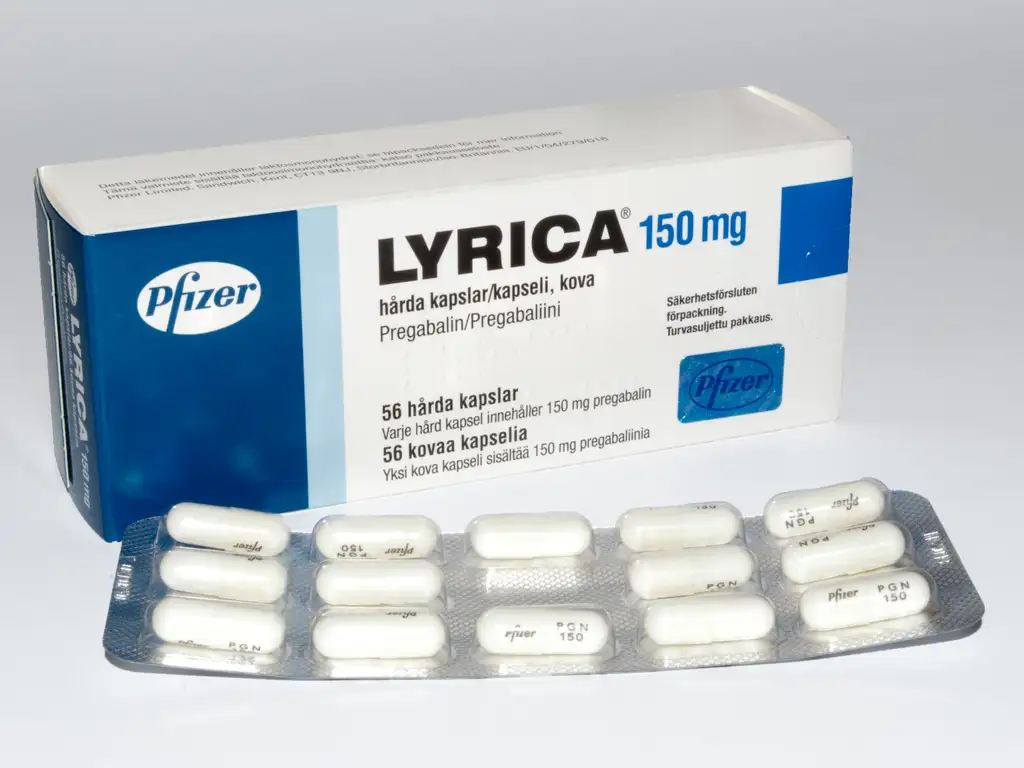

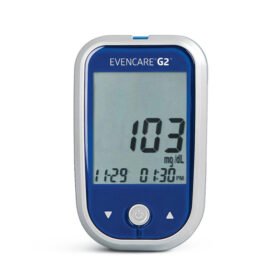
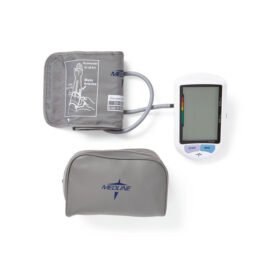
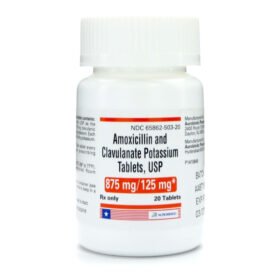
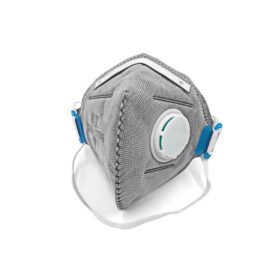



Reviews
There are no reviews yet.